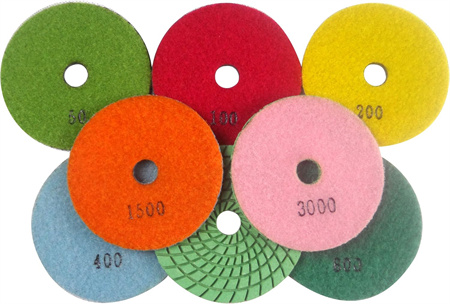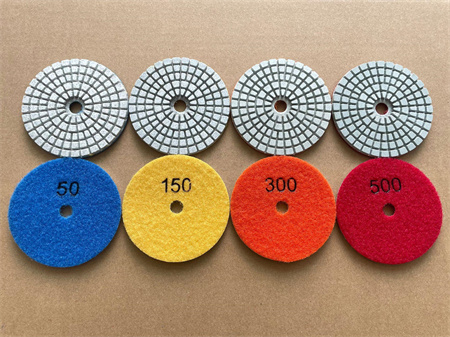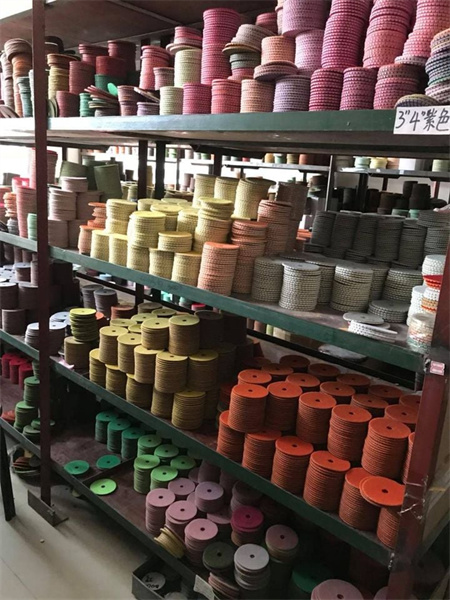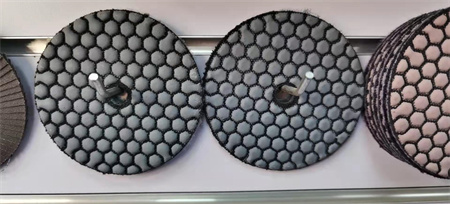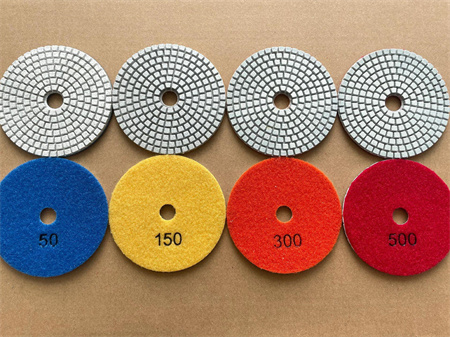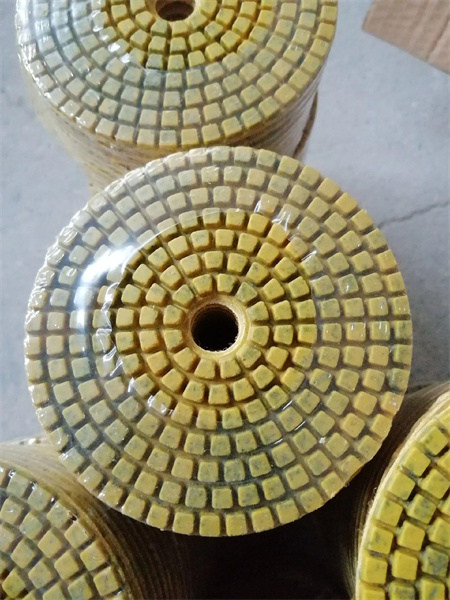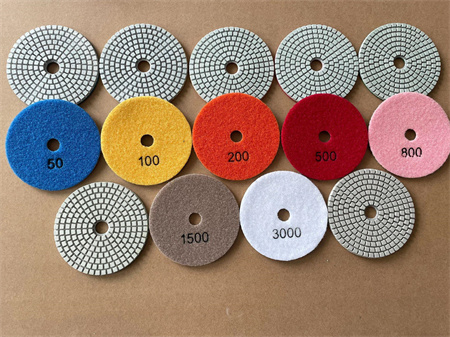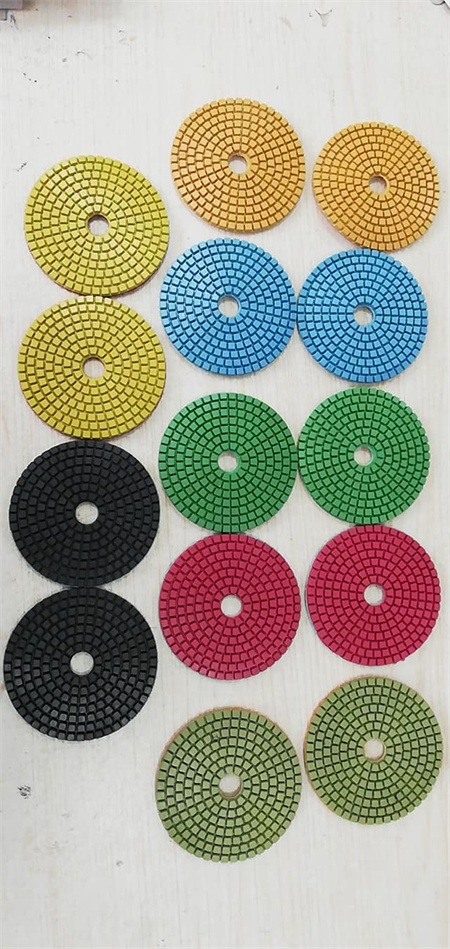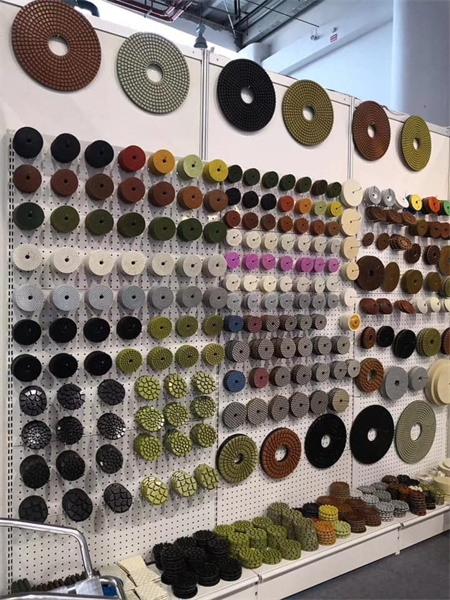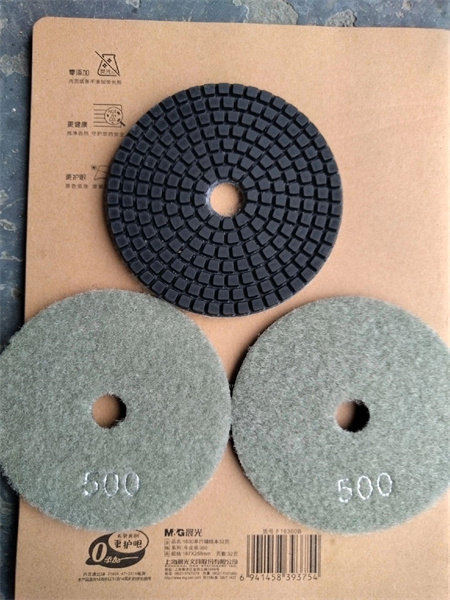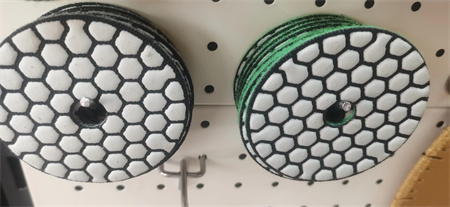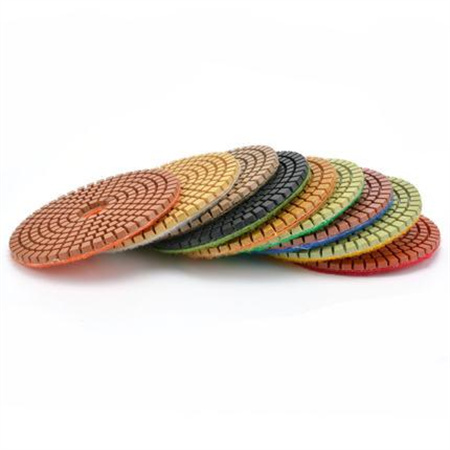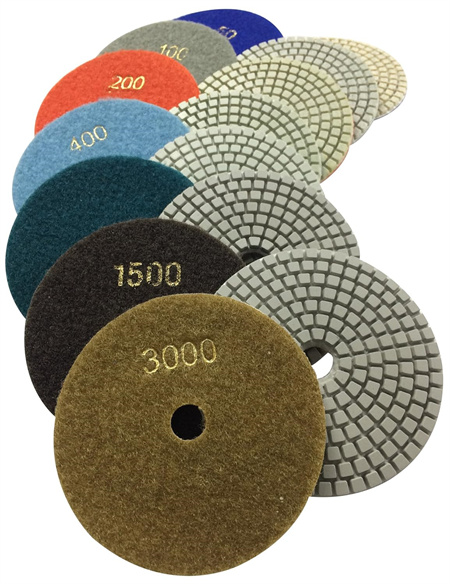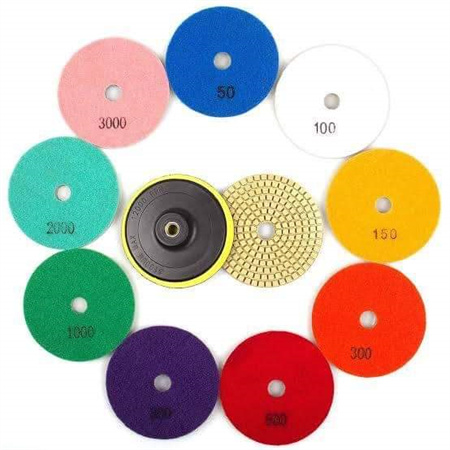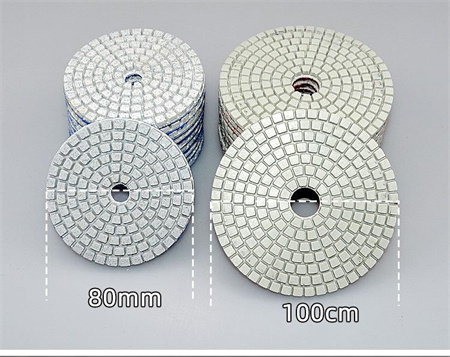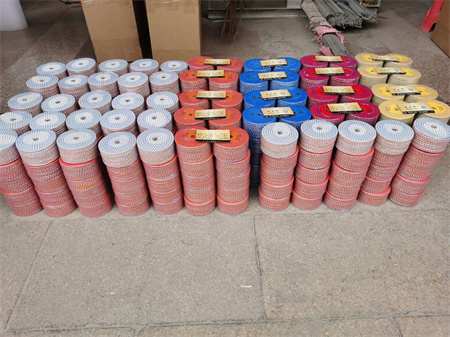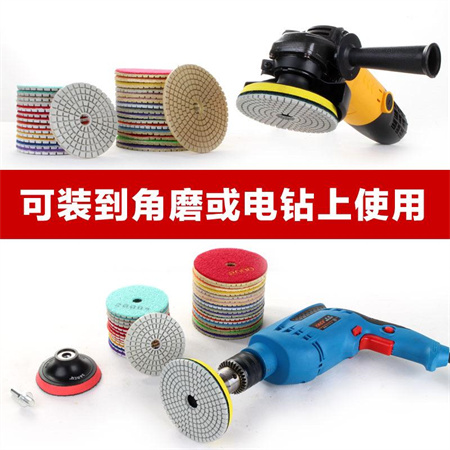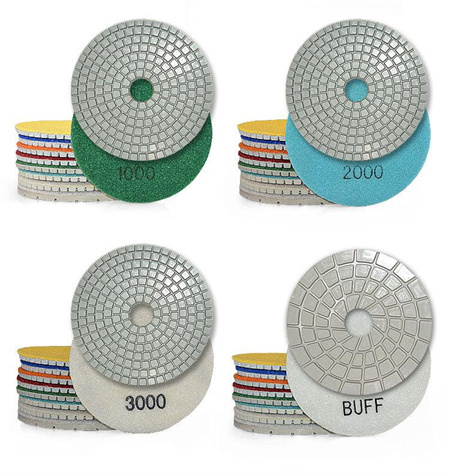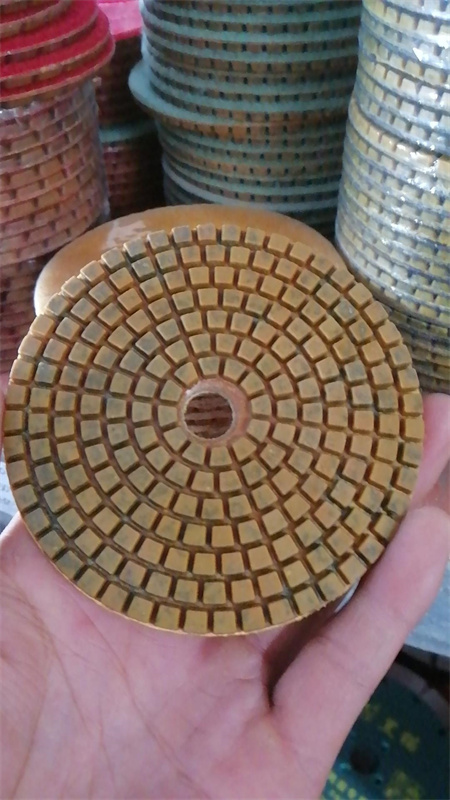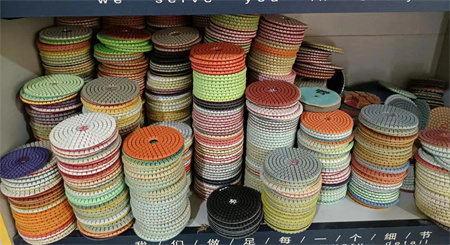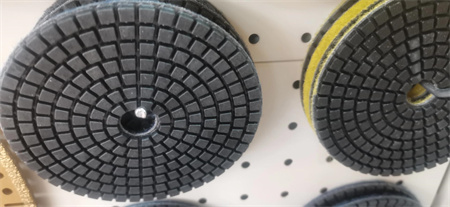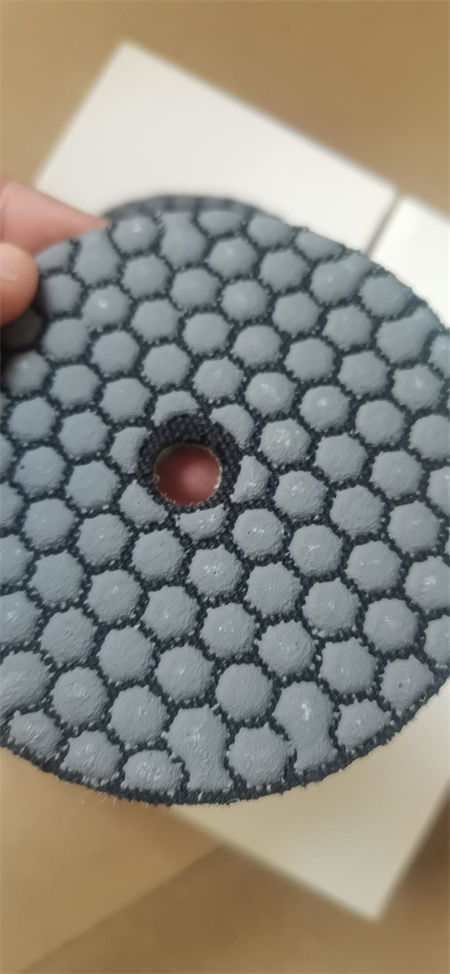Diamond Polishing Pads for Stone Suppliers in China
When it comes to achieving a high-gloss finish on stone surfaces, diamond polishing pads are essential tools. Suppliers in China have become key players in providing a vast range of high-quality diamond polishing pads, catering to both local and international markets. These pads are designed for use on various types of stone, including granite, marble, quartz, and concrete, offering an effective solution for both professional stone fabricators and DIY enthusiasts.
The reason diamond polishing pads are so widely sought after is due to their unparalleled efficiency in grinding and polishing. Unlike traditional abrasives, diamond pads use industrial-grade diamond crystals that cut through stone with precision, delivering a smooth and shiny surface without the risk of damage. These pads are versatile and suitable for use on both wet and dry surfaces, making them highly adaptable to different working conditions.
Chinese suppliers are recognized for their ability to produce these polishing pads at a competitive price without compromising on quality. Many of them have invested heavily in technology and research, ensuring that their products meet international standards and are durable enough to withstand demanding tasks. Whether it’s for polishing marble countertops or granite floors, the Chinese manufacturers offer a variety of grit sizes and designs to accommodate different stages of the polishing process.
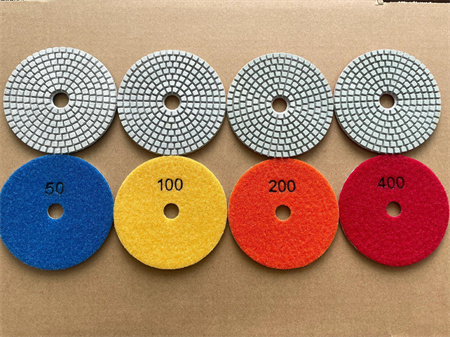
One of the advantages of purchasing diamond polishing pads from Chinese suppliers is the sheer variety of options available. From flexible pads for curved surfaces to heavy-duty pads for larger stone slabs, there is something for every project. Additionally, these suppliers often provide customization options, allowing buyers to tailor the pads to their specific needs. This flexibility makes them a preferred choice for businesses in the stone industry looking for reliable and efficient polishing solutions.
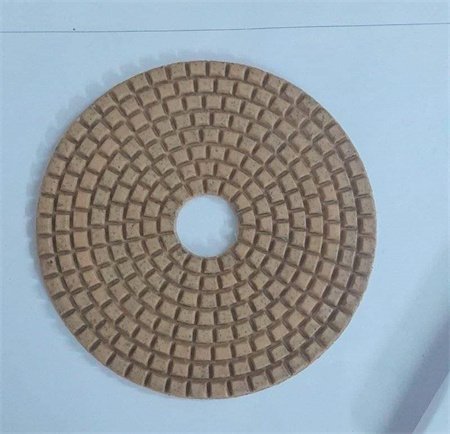
In addition to high-quality products, Chinese suppliers offer excellent customer service. Many have established long-term relationships with clients worldwide, offering technical support, fast shipping, and competitive pricing. This customer-first approach has made them popular in global markets, where stone professionals rely on the consistency and durability of the pads.
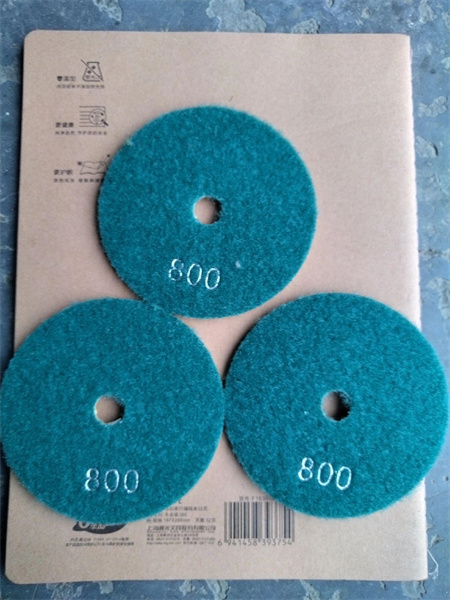
The demand for stone polishing tools is growing globally, and China continues to be a hub for the production and export of diamond polishing pads. For businesses seeking high-performance tools, sourcing from Chinese suppliers not only guarantees quality but also offers the added advantage of cost-effectiveness. Whether you’re working on a small-scale renovation or a large commercial project, the right diamond polishing pads from China can make a significant difference in the final result.
